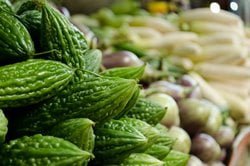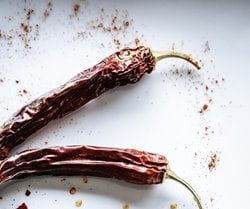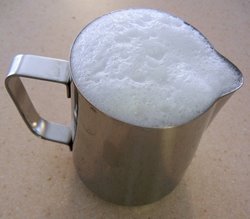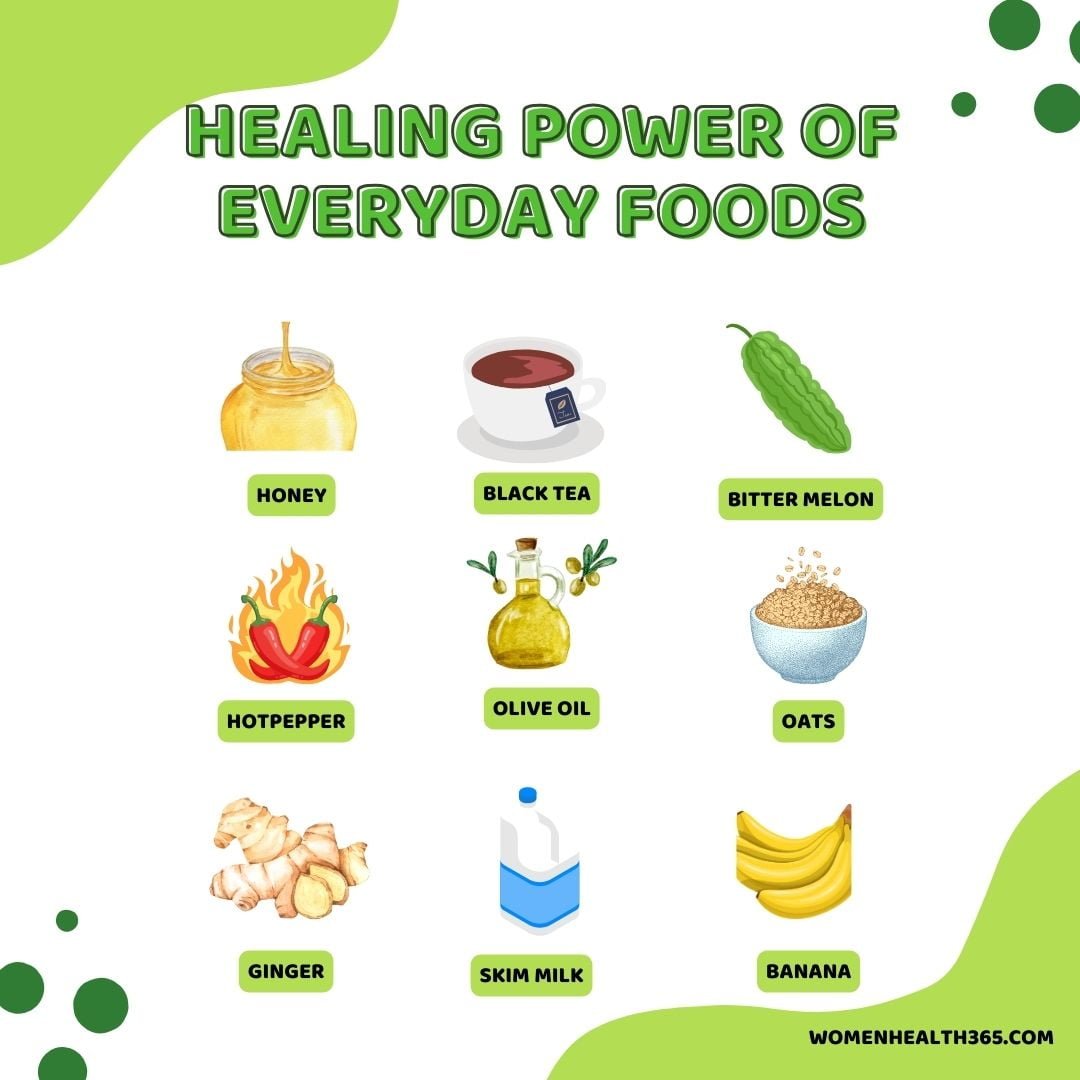Dealing with Infections, Wounds, and Head Lice: Unveiling the Healing Potential of Everyday Foods
Have you ever considered the therapeutic properties of common foods for clearing infections, healing wounds, and even tackling head lice? It might sound unusual, but there’s more to it than meets the eye. We consulted Lynne C. David, ND, LAc, a naturopathic doctor and licensed acupuncturist at the Center for Integrative Medicine in Washington, DC, along with Mark Moyad, MD, MPH, the Jenkins Director of Preventive and Alternative Medicine at the University of Michigan Medical Center, to reveal these remarkable secrets. According to Dr. Moyad, this is not mere superstition; it’s about validating age-old wisdom with scientific evidence. Let’s explore the remarkable world of food as medicine.
 Honey: Cuts, Scrapes, and Sore Throats Honey contains a compound akin to hydrogen peroxide, making it a potent topical treatment for wounds. So effective that it’s used on bullet wounds and burns in the Iraq war, honey’s acidity hinders bacterial survival. Plus, it acts as a humectant, luring bacteria away and killing them. In fact, a 2007 study found that undiluted dark honey, like buckwheat honey, works as well as over-the-counter cough and sore throat remedies.
Honey: Cuts, Scrapes, and Sore Throats Honey contains a compound akin to hydrogen peroxide, making it a potent topical treatment for wounds. So effective that it’s used on bullet wounds and burns in the Iraq war, honey’s acidity hinders bacterial survival. Plus, it acts as a humectant, luring bacteria away and killing them. In fact, a 2007 study found that undiluted dark honey, like buckwheat honey, works as well as over-the-counter cough and sore throat remedies.
 Black Tea: For Stinky Feet Black tea contains tannins, which are antimicrobial and astringent, ideal for tightening and drying out skin. These properties also make tea bags an effective remedy for reducing puffiness around the eyes. However, be cautious: green tea, with its minimal tannin content, won’t yield the same results as black tea.
Black Tea: For Stinky Feet Black tea contains tannins, which are antimicrobial and astringent, ideal for tightening and drying out skin. These properties also make tea bags an effective remedy for reducing puffiness around the eyes. However, be cautious: green tea, with its minimal tannin content, won’t yield the same results as black tea.
 Bitter Melon: Combatting Diabetes For those seeking diabetes management and blood glucose support, consider the bumpy green oblong vegetable, bitter melon. It reduces blood glucose levels, insulin resistance, and high blood pressure. While it’s a bit bitter, Dr. David recommends mixing it with scrambled eggs to enhance its flavor.
Bitter Melon: Combatting Diabetes For those seeking diabetes management and blood glucose support, consider the bumpy green oblong vegetable, bitter melon. It reduces blood glucose levels, insulin resistance, and high blood pressure. While it’s a bit bitter, Dr. David recommends mixing it with scrambled eggs to enhance its flavor.
 Hot Pepper: Alleviating Pain Capsaicin in hot peppers can reduce pain. You can make your own topical cream easily. Start with vitamin E cream or coconut oil without petroleum products, adding a pinch of cayenne powder for every ounce of cream or oil. Apply it to areas with joint pain, like knees or ankles. Capsaicin in peppers inhibits pain-inducing compounds. Be cautious when handling hot peppers; avoid rubbing your eyes to prevent irritation.
Hot Pepper: Alleviating Pain Capsaicin in hot peppers can reduce pain. You can make your own topical cream easily. Start with vitamin E cream or coconut oil without petroleum products, adding a pinch of cayenne powder for every ounce of cream or oil. Apply it to areas with joint pain, like knees or ankles. Capsaicin in peppers inhibits pain-inducing compounds. Be cautious when handling hot peppers; avoid rubbing your eyes to prevent irritation.
 Olive Oil: Dry Lips and Lice Olive oil, with oleic acid, soothes dry lips and can protect the skin from dryness and skin cancer. Surprisingly, heavy oils like olive and canola can suffocate lice when applied and allowed to dry.
Olive Oil: Dry Lips and Lice Olive oil, with oleic acid, soothes dry lips and can protect the skin from dryness and skin cancer. Surprisingly, heavy oils like olive and canola can suffocate lice when applied and allowed to dry.
 Oats: Relief for Dry, Itchy Skin Oats contain avenanthramides, which have anti-inflammatory properties and are excellent for itchy, dry skin. Dr. Moyad suggests putting a sock filled with oats in a hot bath or using oatmeal lotion.
Oats: Relief for Dry, Itchy Skin Oats contain avenanthramides, which have anti-inflammatory properties and are excellent for itchy, dry skin. Dr. Moyad suggests putting a sock filled with oats in a hot bath or using oatmeal lotion.
 Ginger: Nausea Remedy Ginger is a trusted nausea remedy with minimal side effects, making it a safe choice during pregnancy. However, excessive ginger consumption could lead to acne due to its warming nature. To use ginger, slice fresh ginger root and make tea or chew on the raw root.
Ginger: Nausea Remedy Ginger is a trusted nausea remedy with minimal side effects, making it a safe choice during pregnancy. However, excessive ginger consumption could lead to acne due to its warming nature. To use ginger, slice fresh ginger root and make tea or chew on the raw root.
 Skim Milk: Sunburn Relief Slightly cooler than room temperature skim milk hydrates the skin and alleviates sunburn pain by forming a collagen web. Simply dip gauze in the milk and apply it to the affected area. But beware, whole milk can slow the healing process.
Skim Milk: Sunburn Relief Slightly cooler than room temperature skim milk hydrates the skin and alleviates sunburn pain by forming a collagen web. Simply dip gauze in the milk and apply it to the affected area. But beware, whole milk can slow the healing process.
 Banana: Combatting Warts The inside of a banana peel is believed to contain compounds that may help relieve warts. Although scientific data is lacking, anecdotal evidence suggests it’s worth a try. Simply press a banana peel onto the affected area for a while, as it won’t cause any harm.
Banana: Combatting Warts The inside of a banana peel is believed to contain compounds that may help relieve warts. Although scientific data is lacking, anecdotal evidence suggests it’s worth a try. Simply press a banana peel onto the affected area for a while, as it won’t cause any harm.
